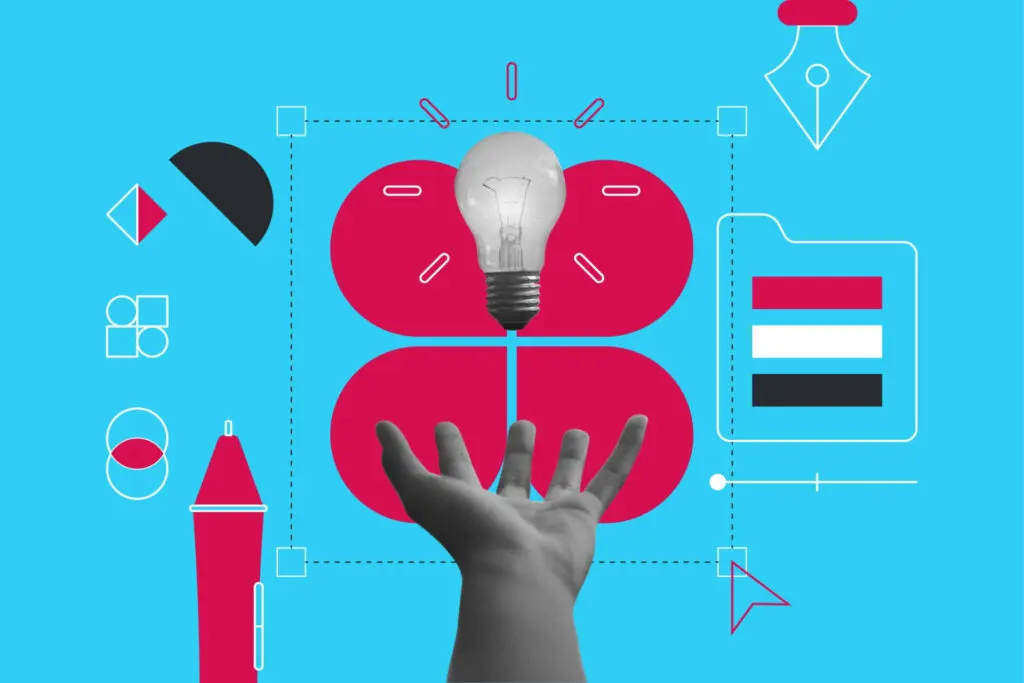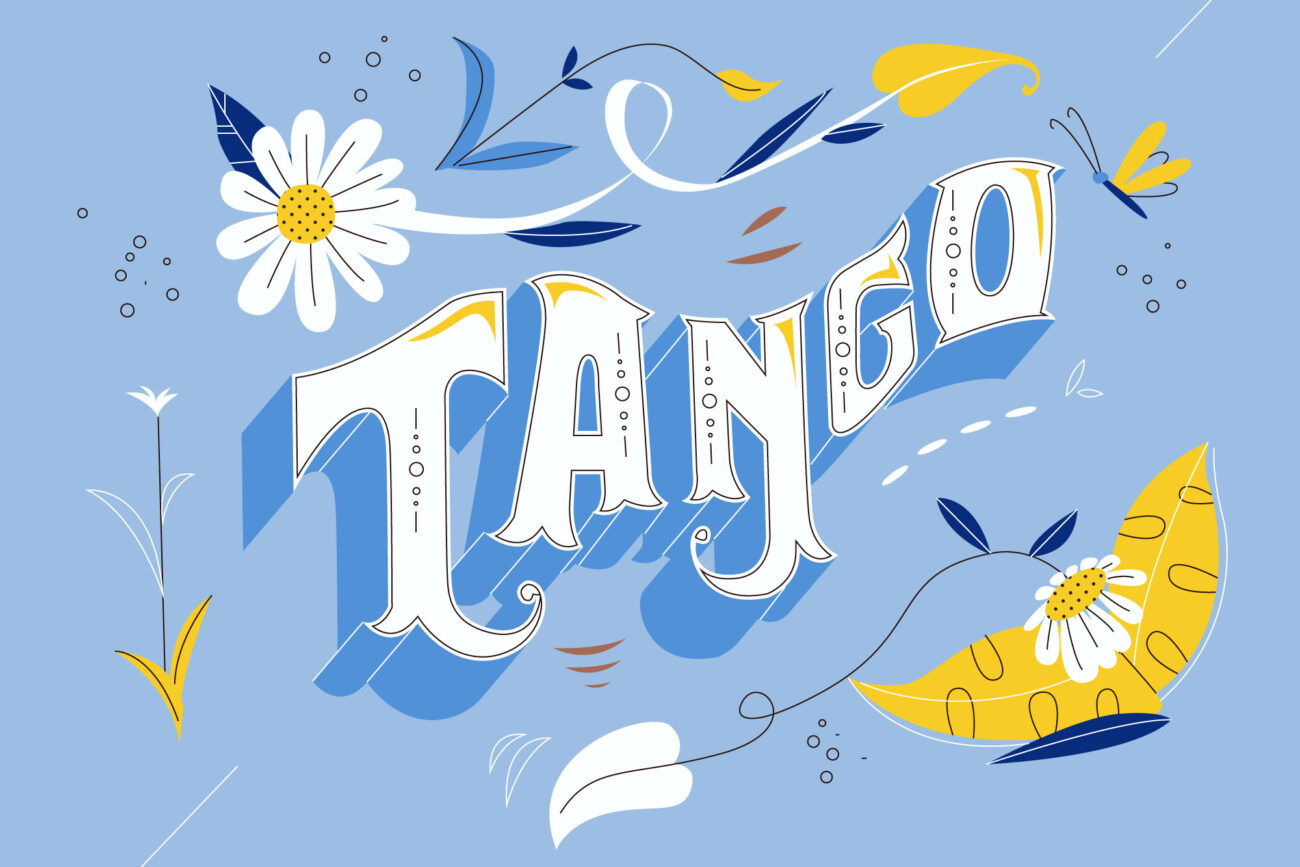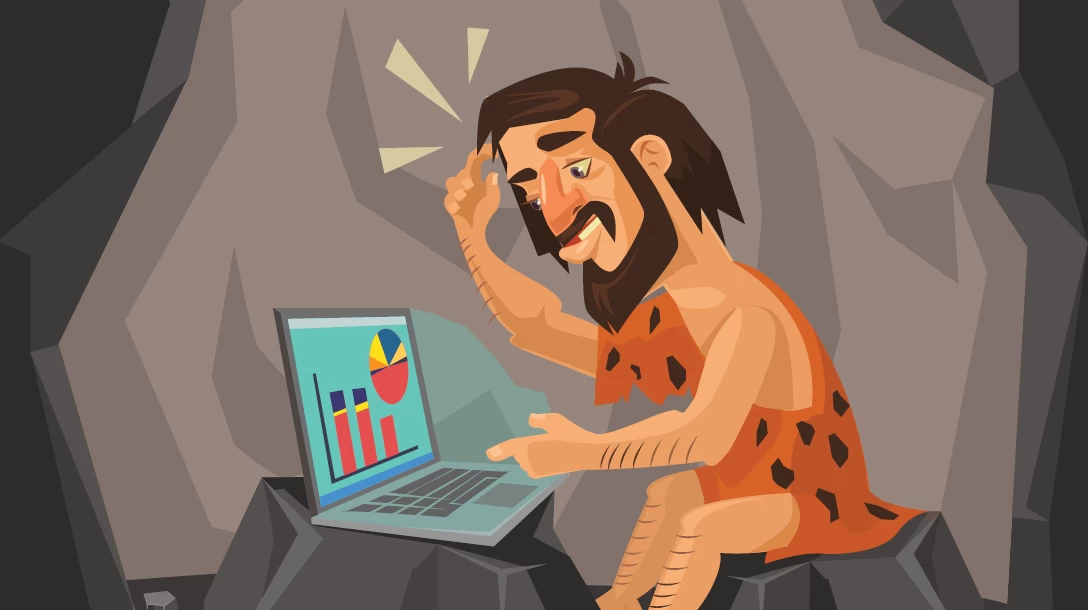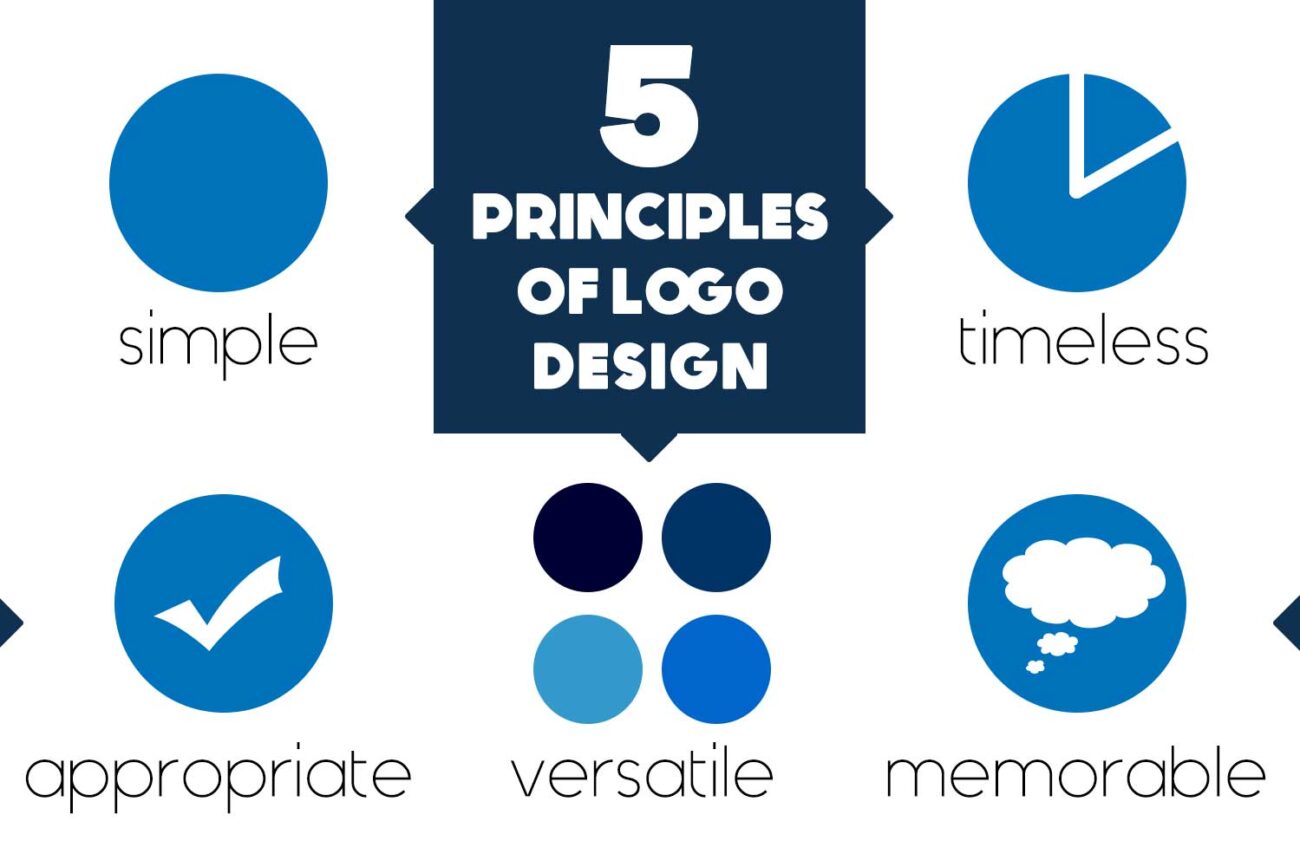Greetings, design enthusiasts! Today, let’s embark on a captivating journey into the heart of brand identity – a realm where pixels meet purpose and creativity dances with strategy. Our focus? The unsung hero of branding services, – the logo. Join us as we delve into the nuances of logo design exploring the art and science behind creating unique logo designs that resonate with brand identity and audiences alike.
Chapter 1: The Power of a First Impression
In the vast landscape of visual communication, a logo is often the first touchpoint between a brand and its audience. It’s the initial hello, the visual handshake that sets the tone for the entire brand experience. A well-crafted logo has the power to convey a brand’s personality, values, and essence in a single glance, solidifying its visual identity.
The Visual Handshake
Imagine a friend’s warm smile when you meet after a long time – that’s the impact a great logo design can have. It’s a visual handshake that communicates familiarity, brand trust, and a promise of a unique experience. As logo designers, our mission is to craft logos that speak this universal language, ensuring they leave a lasting impression.
Chapter 2: Unveiling the Brand Essence
At the core of every memorable logo lies the brand essence – the distilled spirit of what a brand stands for. We call that brand identity. As designers, our role is akin to alchemists, transforming abstract concepts into visual symbols that capture the very soul of a brand through thoughtful logo design.
Essence in Every Element
Each element of a logo – from colors and fonts to shapes and symbols – plays a crucial role in encapsulating the brand essence. We delve into the brand’s story, its mission, and the emotions it aims to evoke to infuse these elements with meaning and purpose, achieving emotional branding through every aspect of the logo elements.
Chapter 3: The Art of Simplicity
In a world inundated with visual stimuli, simplicity is the unsung hero of effective logo design for business branding. A simple logo is not just visually appealing; it’s also memorable, scalable, and versatile across various mediums, standing out amidst the constant barrage of visual stimuli.
Less is More
Chapter 4: The Color Palette Chronicles
In the realm of logo design, colors serve as the narrators of the visual domain, with color psychology playing a crucial role in crafting brand perception. The meticulous selection of colors can stir emotions, transmit messages, and solidify a brand’s visual identity online.
A Symphony of Hues
As architects of logo design, we delve into the annals of the color palette – orchestrating shades that embody the brand personality and resonate with the intended audience. Each hue is a deliberate stroke, illustrating the vibrant essence of the brand’s identity.
Chapter 5: Typography Tango
The ballet of typography is a fundamental element of logo design, where selecting the right typeface is akin to arranging an enthralling tango. Typography does more than convey the brand tone; it enhances the logo’s overall aesthetic allure.
Custom Fonts and Letterforms
In the intricate dance of typography, we often sculpt custom fonts or refine existing ones to guarantee a distinctive and bespoke appearance. Each curve and choice between serif or sans-serif is deliberate, adding to the unified visual language that defines the brand.
Chapter 6: Versatility in Every Pixel
A superior logo acts as a chameleon – effortlessly adapting to diverse mediums, whether it’s billboards or social media avatars. The magic ingredient of logo versatility is what ensures a logo’s impact and recognition across different branding platforms.
Scalability Secrets
Grasping the nuances of scalability is key in logo design, ensuring that a logo maintains its legibility and influence whether it’s emblazoned on a billboard or shrunken to the dimensions of a favicon. The challenge is to preserve visual clarity while retaining the logo’s core essence.
Chapter 7: The Memorable Mark
At the core of each logo design is a memorable mark – a visual emblem that etches itself into the consciousness of the audience. This memorable mark transcends mere aesthetic appeal; it serves as a potent strategy for enhancing brand recall.
Strategic Symbolism
Whether it’s a mascot, an abstract symbol, or a lettermark, the memorable mark is strategically chosen to align with the brand’s narrative. It becomes the anchor of recognition, leaving an indelible mark on the audience’s memory, ensuring the mascot, abstract symbol, or lettermark becomes synonymous with the brand.
Chapter 8: Evolving with Time
In the dynamic landscape of branding, logos are not static entities. They evolve with time, reflecting the brand evolution, maturity, and logo adaptability. As designers, our task is to ensure that a logo remains a timeless design yet relevant in a changing market.
Timeless Elements
The timeless logo elements lie in its ability to transcend fleeting design trends. While embracing contemporary aesthetics, we incorporate elements that ensure the logo stands the test of time, marrying the classic with the modern.
When it comes to logo design, there are various factors to consider in order to create a successful and impactful design. Whether you’re looking for ideas for your own logo or seeking professional logo design services for your business, there are several key aspects to keep in mind. Here are some insights to help you navigate the world of logo design.
Chapter 9: Logo Design Ideas
Generating innovative and effective logo design ideas is crucial for creating a unique and memorable brand identity. When brainstorming logo design ideas, it is important to conduct thorough research. Explore industry-specific design trends and analyze successful logos to gather inspiration. By studying existing logos, you can gain valuable insights into what works and what doesn’t in terms of design elements, color schemes, and typography.
Simplicity is another important aspect to consider when coming up with logo design ideas. Aim for a simple and easily recognizable design that conveys the essence of the brand. A cluttered or overly complex logo can be confusing and fail to make a lasting impression. By keeping the design clean and minimalistic, you can ensure that the logo is easily understood and memorable.
Versatility is also a key factor to keep in mind during the logo design process. The logo should work well across different mediums and sizes, from business cards to billboards. It should be easily scalable without losing its visual impact. This is particularly important in today’s digital age, where logos are often displayed on various devices and platforms. By ensuring that the logo looks great in both small and large sizes, you can maintain consistency and professionalism across all touchpoints.
Lastly, uniqueness is crucial when it comes to logo design. Strive to create a distinctive design that sets the brand apart from competitors. A generic or derivative logo can make it difficult for a brand to stand out in a crowded marketplace. By incorporating unique elements, such as custom illustrations or typography, you can create a logo that captures attention and leaves a lasting impression.
Chapter 10: Best Logo Design Practices
In pursuit of the best logo design, it’s important to adhere to certain best practices to ensure the effectiveness and longevity of the logo. Here are some additional best practices to consider.
Timelessness is a crucial aspect of logo design. Aim for a design that will remain relevant and timeless, avoiding trends that may quickly become outdated. While it’s important to stay current and adapt to changing design trends, it’s equally important to create a logo that can withstand the test of time. By focusing on timeless design elements and avoiding overly trendy styles, you can create a logo that remains relevant for years to come.
If seeking professional assistance for logo design, it is important to collaborate with experienced designers or agencies with a strong portfolio and understanding of your brand’s needs. Professionalism is key when it comes to logo design, and working with experts can help ensure that the final result meets your expectations and effectively represents your brand.
In summary, logo design is a multifaceted process that requires creativity, strategic thinking, and an understanding of brand identity. By incorporating these considerations, businesses and individuals can develop logos that effectively represent their identity and resonate with their audience.
Conclusion: From Pixels to Purpose
As we conclude our exploration into the art and science of logo design, remember that every pixel carries a purpose. Behind every curve, color, and symbol lies strategic design, crafting a visual identity that resonates with hearts and minds, encapsulating the essence of logo design.
So, here’s to the designers who transform pixels into purpose, who breathe brand life into brands through the alchemy of art and design creativity. May your logos be not just visuals but storytellers, weaving tales that captivate, resonate, and endure. Happy designing!




